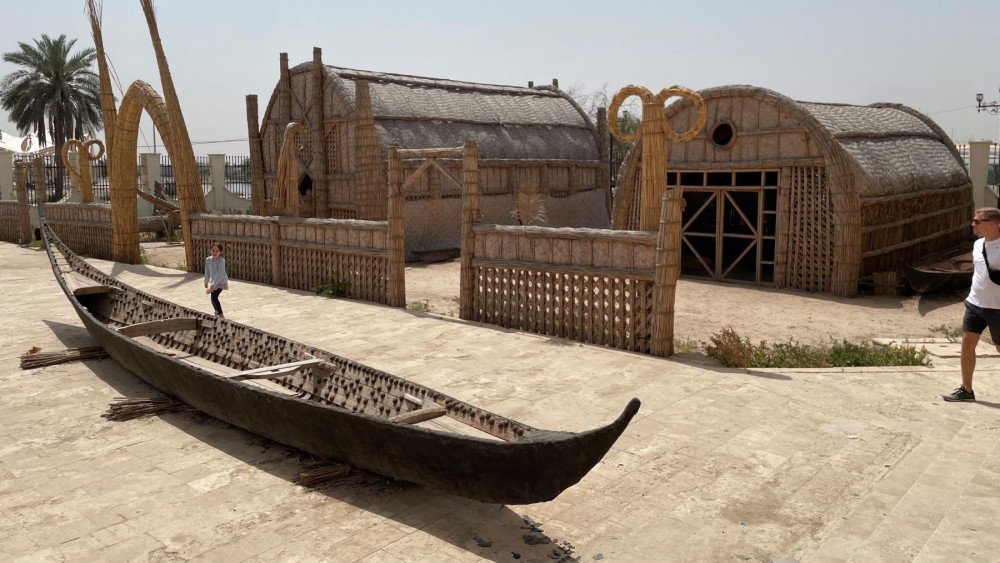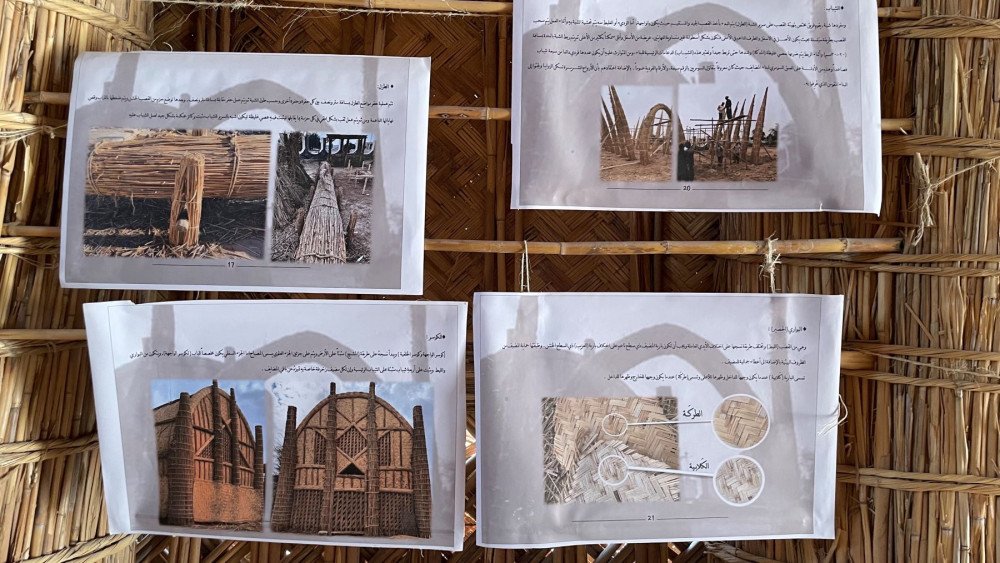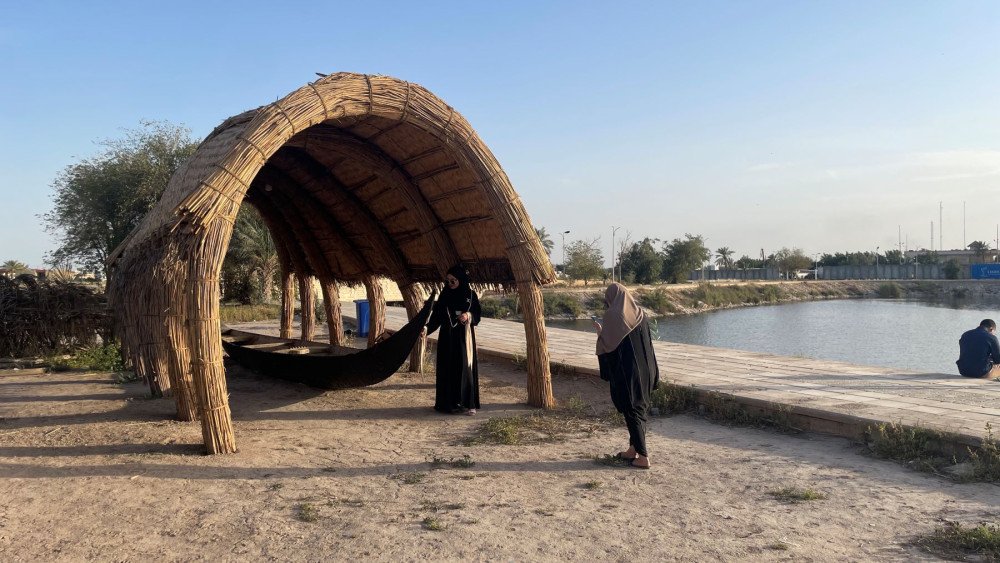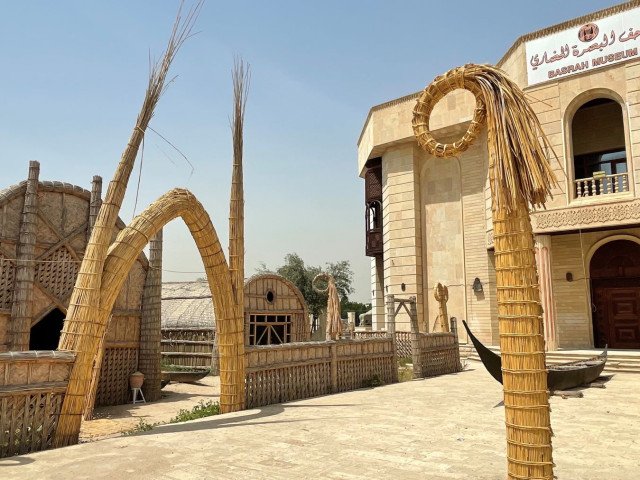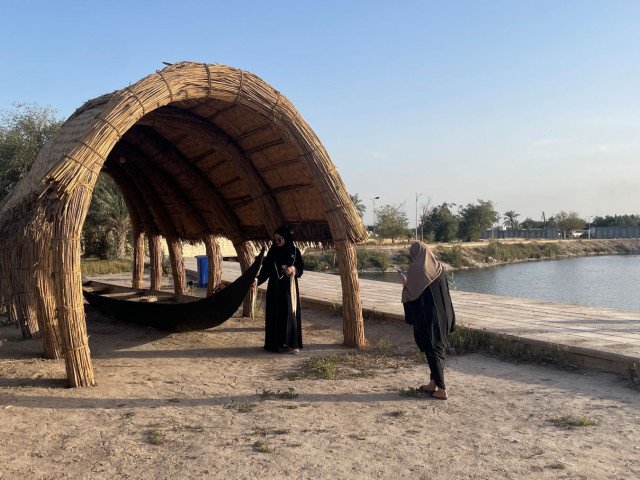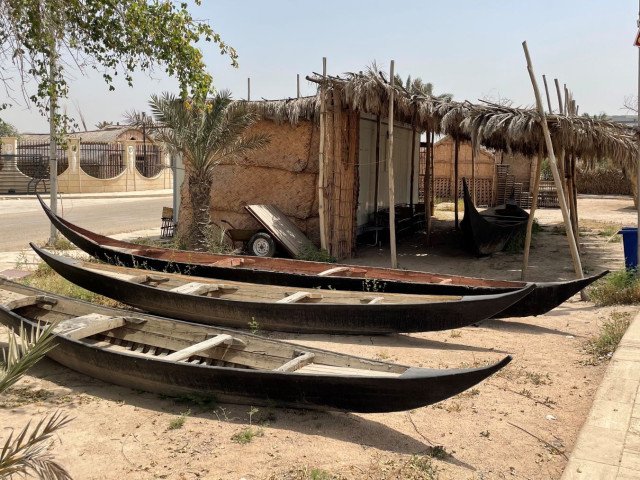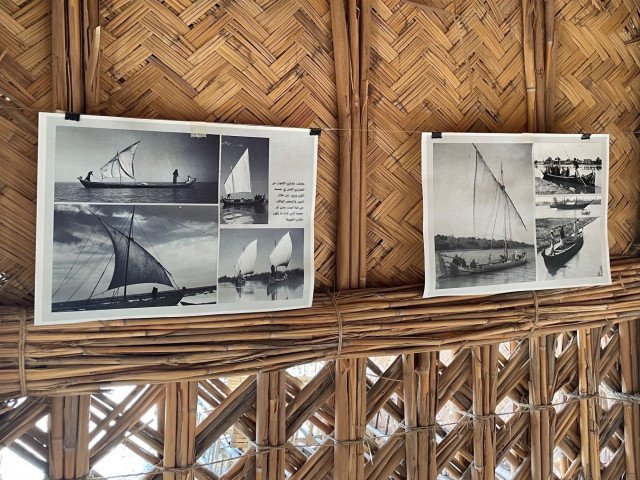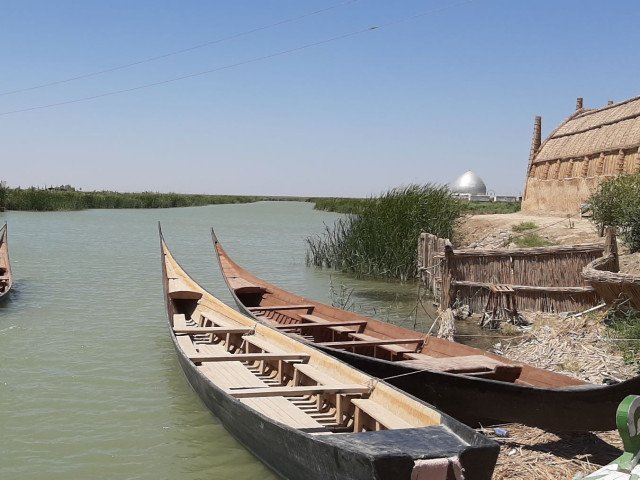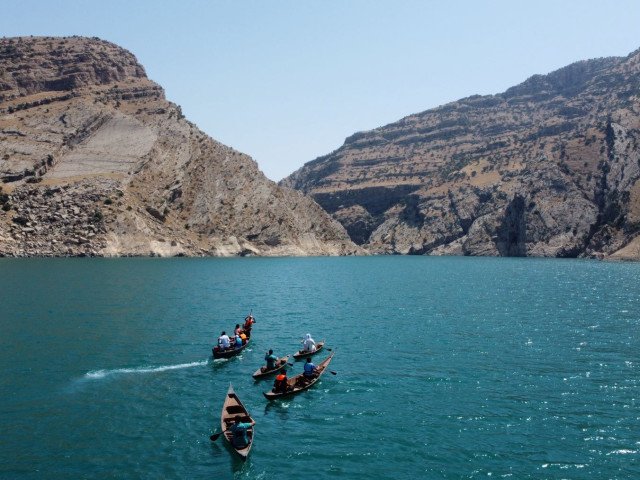The Open Museum Initiative for Water Cultures (OMI) has emerged from a decade’s work to study, protect and revitalise Iraq’s endangered water heritage, focusing on traditional inland boats and crafts. Based in Basra, where the Shatt al-Arab joins the Tigris and Euphrates rivers to the Gulf, the initiative seeks cooperation and knowledge exchange towards a regional perspective on water cultures.
OMI developed from fieldwork by artist-researcher Rashad Salim with Safina Projects (since 2016), whose work highlights the role of boats as a means of movement and relationship between peoples, cultures, and environments.
The initiative envisions a museum-as-landscape, with sites, exhibitions and activities connected via the region’s fluvial system, cooperating to regenerate living and preserved heritage, improving access to waterways and related cultural and ecological heritage.
Engagement is growing nationally through the Iraqi Heritage Boat Clubs Network (since 2021), the Iraqi Water Scouts Initiative (since 2024), a Touring Exhibition of Iraqi Maritime Heritage, and local exhibitions in locations including Basra, Diwaniya, and Sulaymaniyah. A virtual museum is in development to offer access to online audiences.
OMI seeks to connect with like-minded initiatives, particularly in South-West Asia, to learn, share knowledge, and cooperate to advance public and academic engagement with water heritage. This field of interest is new to Iraq and OMI sees its development as a contribution towards overcoming the country’s isolation following four decades of conflict.
OMI’s Basra hub is hosted by Basra Museum of Civilization, and cooperates with the Museum in the study and development of ethnoarchaeological approaches to understanding Iraq’s ancient past and its relevance to present-future needs. The open-air site was created in 2021 through a “Material Cultural Heritage Lab”, where artisan builders and Basra University’s architecture department collaborated to construct traditional reed and palm buildings to house Safina Projects’ collection.
The collection includes traditional and historic boats and boat models; artifacts such as tools, materials, and water containers; and interpretative materials including presentations of archival photography and visual research. It continues to grow through workshops and ongoing research into the region’s material cultural heritage.


